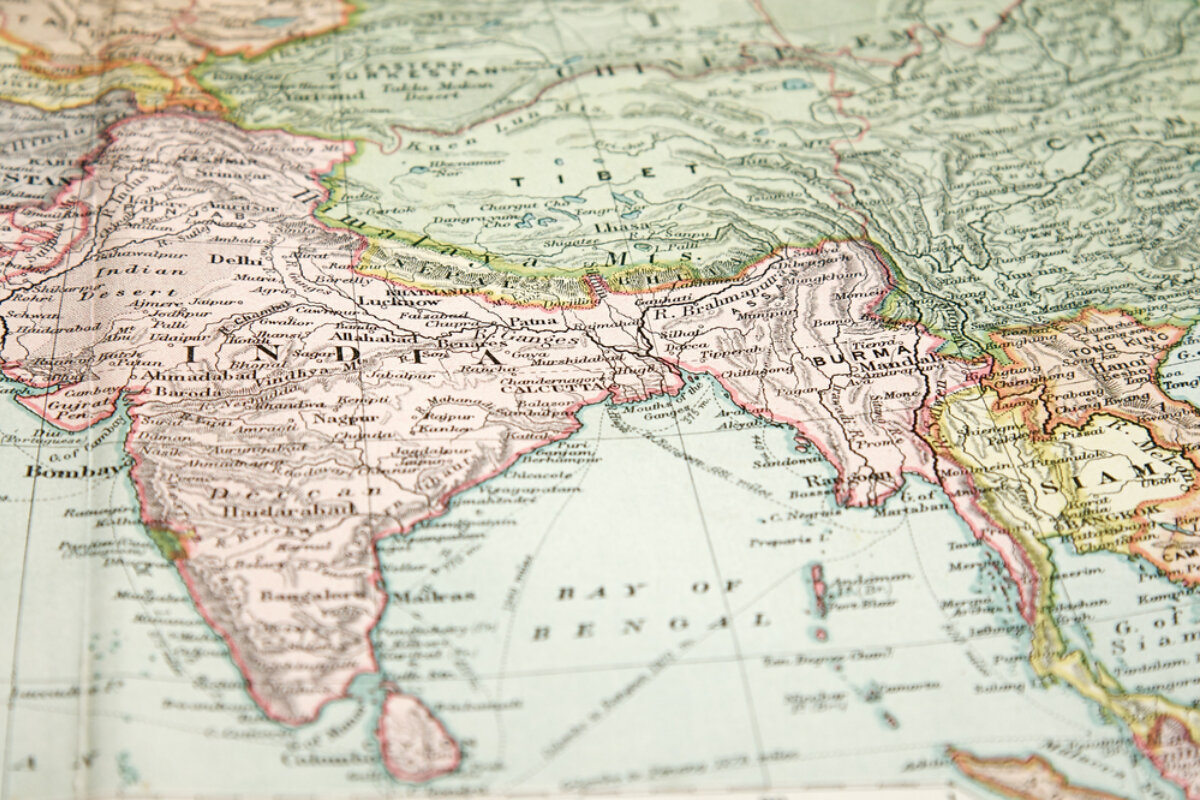Rumori di guerra dal Tibet
Tensioni tra Inda e Cina lungo i confini tibetani. C’è il rischio di una nuova escalation militare tra i due giganti asiatici? L’analisi di Guido Bolaffi

Tra India e Cina venerdì 9 dicembre è tornato a risuonare il crepitio delle armi sulla contesa linea di confine del Tibet. Confermando i timori di quanti consideravano poco significativi i recenti passi avanti della de-escalation militare sulla cosiddetta Linea of Actual Control (LAC) concordata tra Delhi e Pechino all’indomani dei sanguinosi scontri del 2020 nella Galwan Valley. E, soprattutto, non credevano che la clamorosa, pubblica stretta di mano nel G20 di Bali tra Modi e Xi Jinping avrebbe rappresentato un freno per le mire espansionistiche di Pechino sull’area tibetana dell’Arunachal Pradesh indiano.
“The Tawang scuffle between Indian and Chinese soldiers”, scriveva Rama Lakshimi nell’editoriale di The Print del 17 dicembre, “came just four weeks after PM Narendra Modi and President Xi Jinping shook hands warmly in Bali. Not that anybody in India thought everything was going to be ok just that. But this only goes to show how intractable the border conflicts are with Beijing [...] This war gives either State little but holds out the potential of ruin for both”.
Una posizione ribadita con ancor maggior convinzione da Sushant Singh, del Center for Policy Research in India nell’articolo di Foreign Policy China Has India Trapped on Their Disputed Border: “In October during the Chinese Communist Party’s 20th National Congress at the great Hall of People minutes before Xi ascended the stage a video showed People Liberation Army regiment commander Qi Fabao sanding with his arms outstretched to stop Indian soldiers from advancing in the Galwan Valley in Ladakh. Qi was selected to be a delegate to the Party Congress underlining the importance of the border crisis to the Chinese Communist Party’s narrative [...] Indian Army Chief Gen. Manoj Pande recently confirmed that China has not reduced its forces at the Line of Actual control (LAC). The challenge for India is becoming more concerning on the eastern part of the LAC, between the state of Arunachal Pradesh and Tibet, where China has an infrastructure and military advantage, putting New Delhi on the defensive [...] The widening power gap between India and China - military, technological, economic, and diplomatic - now constrains New Delhi’s option on the border. It also raises tough questions for India’s geopolitical partnerships, such as the Quadrilateral Security Dialogue (Quad) and its aggressive approach toward Pakistan [...] The risk of an accidental military escalation between Asia’s most populous countries - both nuclear powers - has increased significantly since 2020”.
La verità è che l’India nelle dispute di confine con la Cina oltre che con la strapotenza tecnico-militare avversaria è chiamata anche a fare i conti con due complicatissime questioni politiche interne. Acuite oltre misura dall’incancellabile lutto per i suoi soldati caduti sulle inospitali alture del Ladakh nel 2020.
La prima, di cui parla la studiosa della Brookings Institution Tanvi Madan nel saggio China Lost India pubblicato su Foreign Affairs dello scorso 4 ottobre: “Indian policy makers were shocked by the outbreak of the border crisis in 2020 which remains an ongoing source of tension and concern. The 2020 clash hardened official and public views of China in India, including among a new generation for whom the 1962 Sino-Indian war had been a distant memory [...] India’s domestic and foreign policies have shifted in significant ways in response to the perceived threat of China, and any restoration of the prior status quo in the bilateral relationship is unlikely”.
La seconda, di non poter rinunciare, nonostante le tante tensioni, al fondamentale import & export con la Cina. Infatti, scrive sempre Tanvi Madan: “The heightened concern about China has also manifested in domestic policy [but] the Modi government does not seek to decouple from China so much as it wants to disentangle India from China - an approach designed not to eliminate economic ties but to reduce India’s vulnerabilities in critical sectors [...] The Modi government has moved from criticizing trade agreements on the ground that they adversely affected Indian businesses, farmers, and workers to exploring or signing deals with Australia, Canada, Israel, The United Arab Emirates, the United Kingdom and the European Union”
Una diversificazione dell’interscambio commerciale che però non deve aver fatto piacere ai governanti di Pechino. Se è vero, stando a quanto scriveva Lalit K Jha nell’articolo di The Print China warns US officials not to interfere in its relationship with India: Pentagon: “According to a Pentagon report which underlines that Beijing seek to prevent border tensions from causing New Delhi to partner more closely with pro-American countries”.



